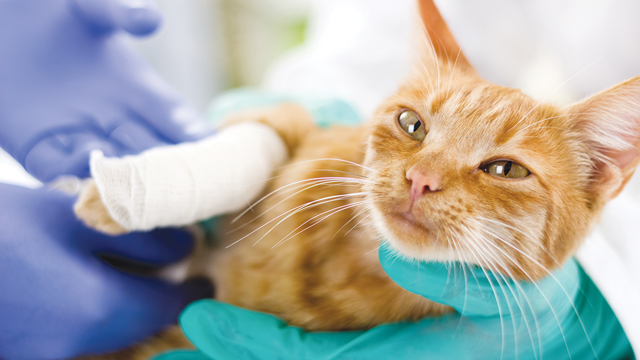There are approximately 180 million pets in the United States, and in many cases, they are treated as members of the family. However, unlike other family members, only about 1 percent of those pets have insurance for medical care. Although that 1 percent (or 1.8 million pets) is a relatively low number, there is a growing trend toward insuring our pets for medical emergencies and illness.
Why is pet insurance a thing?
If your four-legged fur baby is part of the family, he or she probably receives excellent care that includes yearly physicals with a veterinarian, vaccinations, parasite preventatives, good nutrition, exercise, and lots of love and attention. This is the recipe for a healthy and long life. However, accidents happen in the blink of an eye, and pets often live well into their second decade, developing geriatric problems. As medicine has progressed, the opportunities for advanced care have increased. This is great news for pets and the people who love them, but budgeting or saving for these expenses is not something most people think about.
With advances in care, the chance of your pet surviving a serious accident or illness are better than ever, but the cost of a trip to the veterinary ER can quickly rise to more than a thousand dollars. Also because of advances in care, the chance of your pet living with a chronic illness – diabetes is one example – are excellent, but the cost of supplies and monitoring can be several hundred dollars per month. Of course, the first step is deciding if the treatment or diagnostic is right for you and your pet. Decisions are always made with the pet’s quality of life at the center of the discussion. So, if your pet is in need of additional testing, treatment, or surgery, and you and your vet have decided it is the right choice, pet medical insurance can provide you with freedom and relief from having to make a decision based largely on finances during a difficult and emotional time.
There are three types of coverage: accident, illness, and wellness.
There are also combinations of these. Wellness policies cover things like annual vaccinations and parasite preventatives, but the premiums for this type of coverage tend to be higher, and these wellness visits are an expense for which most owners can budget. Most pet insurance holders opt for a combination of accident and illness coverage. This will help to pay expenses for unexpected medical issues. Examples range from suturing a laceration to advanced cancer treatments to visits to board-certified veterinary specialists. (Right here in the Richmond area, we have board-certified surgeons, oncologists, dermatologists, ophthalmologists, neurologists, cardiologists, and internists.) These policies usually pay a portion of the cost or have a cap on the amount that can be paid for a single diagnostic event or a cap on the amount paid per year.
How does the insurance work?
Generally, a monthly premium is paid and when the pet needs care, a claim is generated by the owner using a receipt from the veterinarian. Sometimes a signature from the veterinarian is required, and sometimes, medical records are requested, which the veterinarian can provide. It is worth noting that you pay your veterinarian for services, and then you are reimbursed by the insurance company. It is best to look into an insurance plan for your young pet, as pre-existing conditions are not covered.
The bottom line.
Pet parents will find great relief when pets are insured. When faced with difficult medical decisions, some of the financial worry can be removed. In my own experience, families who have purchased insurance have been glad they did, have found the companies helpful with claims, and have repurchased insurance when they have added new pet family members.





